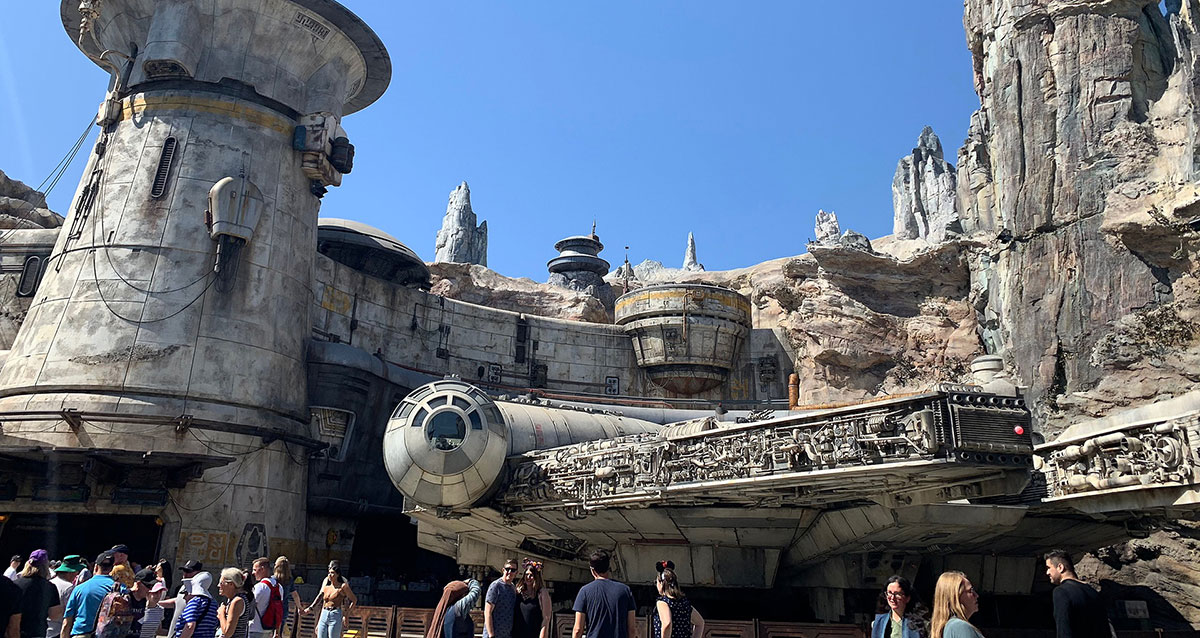Transmedia storytelling is a way of telling stories or developing narratives across multiple platforms and media. In addition to providing viewers with a more immersive experience, this technique allows creators to explore different aspects of the story. Often, they are able to reach a wider audience.
Origin and evolution of transmedia storytelling
Since the academic Henry Jenkins introduced the term “transmedia storytelling” in his book Convergence Culture: Where Old and New Media Collide (New York University Press, 2008), the term has gained popularity in industries such as film, television, video games, comics and literature. Some examples of the application of this technique have been carried out by franchises such as Star Wars, Marvel Cinematic Universe or The Matrix. These franchises have expanded their stories to films, series, comics, novels, video games and more.
Fundamental elements of transmedia storytelling
Transmedia storytelling is based on key principles such as complementarity, participation and coherence. The first implies that each medium in which the story is disseminated brings a unique perspective. Regarding audience participation, it is essential that the audience is allowed to interact with the story and its characters across different platforms and therefore contribute to its development. Lastly, narrative coherence ensures that all the pieces fit together consistently, regardless of the medium in which they are transmitted.
Applications of transmedia storytelling in theme parks, hotels and resorts and restaurants
Indeed, transmedia storytelling has transcended screens and platforms to influence a variety of environments, namely:

— Theme parks: Disneyland Resort, for example, integrates transmedia stories such as Star Wars. In this way, it offers experiences that go beyond rides and shows and include character encounters or theming of shops and restaurants.

Laika ac - CC BY-SA 2.0
— Hotels and resorts: these are hotels and resorts that are themed around one of these transmedia stories, such as the Legoland Hotel in Windsor, UK. This offers experiences that include brand-related activities that enhance guests’ stay and strengthen their connection to the brand.

Yellow Turtle9 - CC BY 4.0
— Restaurants: Establishments such as The Ark in Hong Kong, China, use transmedia storytelling to create unique atmospheres that transport diners into imaginary worlds.
With the continued advancement of technology and a growing demand for immersive experiences, transmedia storytelling is likely to continue to play an important role in the future of entertainment. Although the management of intellectual property rights is complicated in a transmedia environment, the possibility of reaching a global audience of loyal fans, and therefore accessing a lucrative business, makes the effort worthwhile for many developers.

By Manuel Ginés, Senior Architect in the Architecture Department of Amusement Logic






